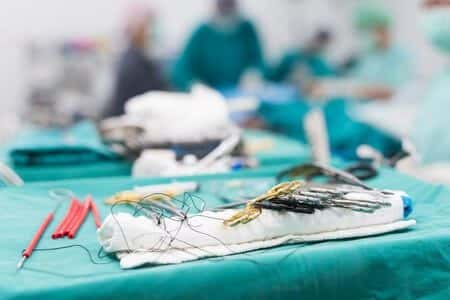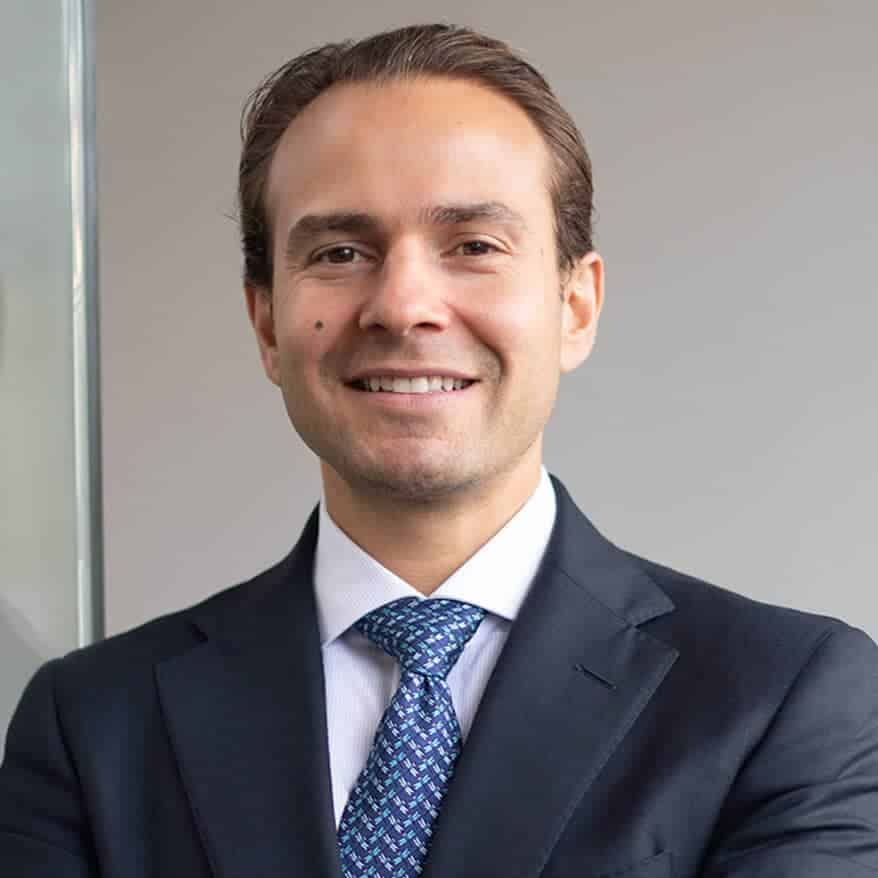This case involves a child who was born with hypospadia and a congenital heart defect, which required the replacement of a cardiac conduit. The conduit was from a cadaver donor and the parents were told that it would have to be replaced in eighteen years. The child had a perfectly normal, healthy, and active life up to the age of twenty-one. The physicians on this case chose not to replace the conduit until the patient reached twenty-one years of age. By that time, the conduit had developed significant scar tissue and fused to the chest wall. During surgery, the chest was opened, and the conduit immediately ripped away from the chest wall causing a massive intraoperative bleed. The patient suffered a prolonged period of hypotension along with several seizures. As a result, the patient passed away shortly after the operation and the cause of death was attributed to cardiac arrest.
Question(s) For Expert Witness
1. Should the surgeon have been aware of these potential complications before attempting this repair surgery?
Expert Witness Response E-005383
Arterial reconstructions in the pediatric population pose notable challenges to cardiac, vascular, oncologic, and pediatric surgeons. Small vessels, spasm, and the potential for growth over time should be considered before any repair procedure is performed. The choice of conduit for vascular reconstruction in the pediatric patient depends on the patient's specific circumstances. No single therapeutic strategy can be applied to all patient's. The patient's age, developmental status, and indications for reconstruction dictate the choice of a conduit. Research is underway on tissue-engineered conduits to decrease thrombogenicity and the tendency of the implant to create severe postoperative scarring. In the future, stem cells derived from bone marrow or embryonic stem cells might be used to regenerate vascular structures, probably over a synthetic absorbable conduit bed. The reconstruction of complex vascular structures by using computer-aided design may be used to fabricate custom-made tissue-engineered replacement conduits in the future.
About the author
Michael Talve, CEO
Michael Talve stands at the forefront of legal innovation as the CEO and Managing Director of Expert Institute. Under his leadership, the Expert Institute has established itself as a vital player in the legal technology arena, revolutionizing how lawyers connect with world-class experts and access advanced legal technology. Michael's role involves not only steering the company's strategic direction but also ensuring the delivery of unparalleled intelligence and cutting-edge solutions to legal professionals. His work at Expert Institute has been instrumental in enhancing the capabilities of attorneys in case preparation and execution, making a significant impact on the legal industry's approach to expert consultation and technological integration. Michael's vision and execution have positioned the Expert Institute as a key facilitator in the intersection of law and technology.



